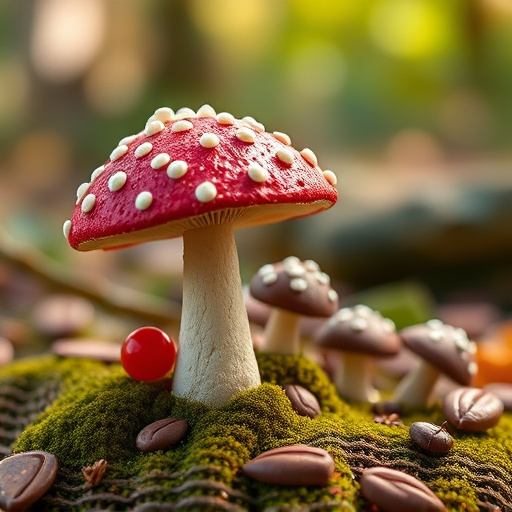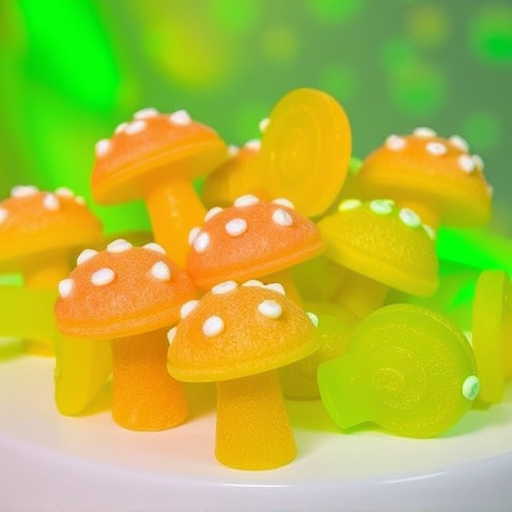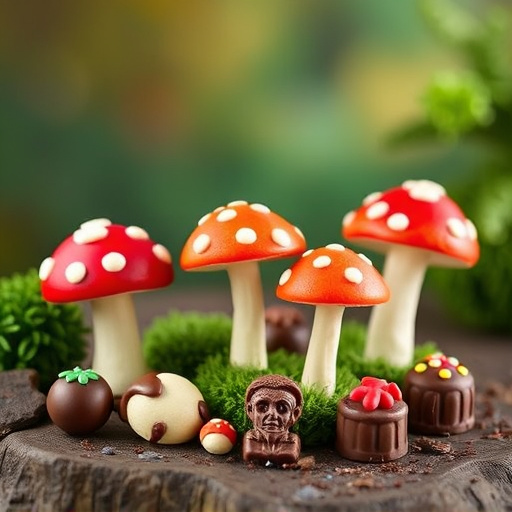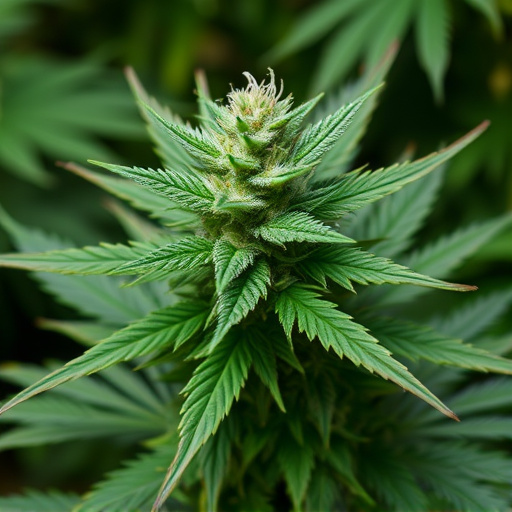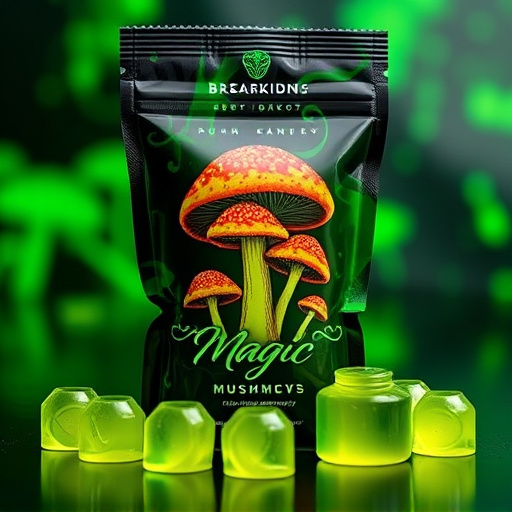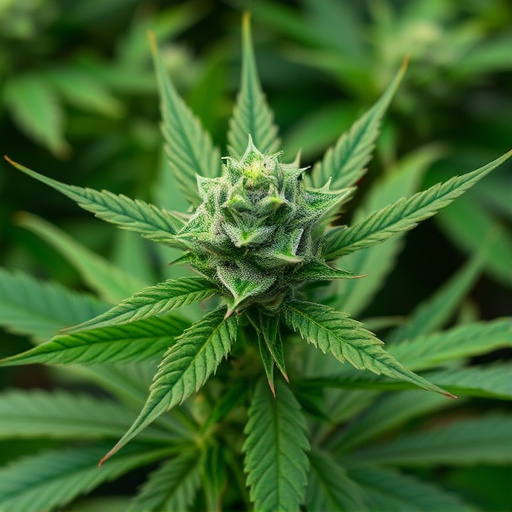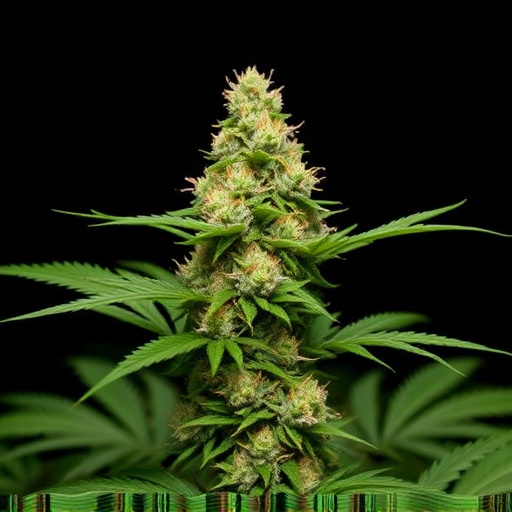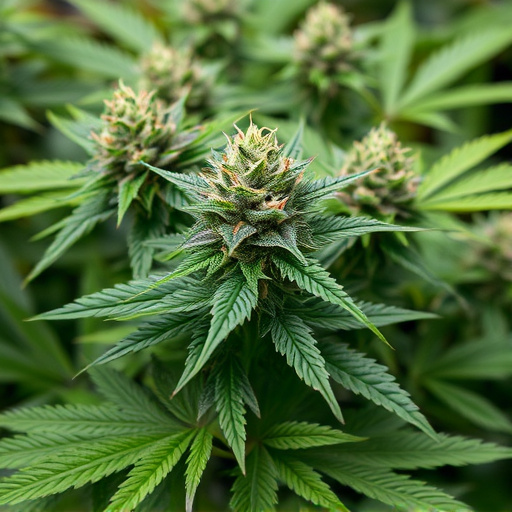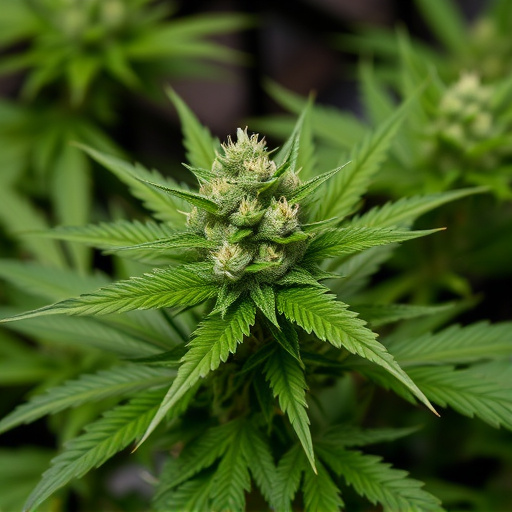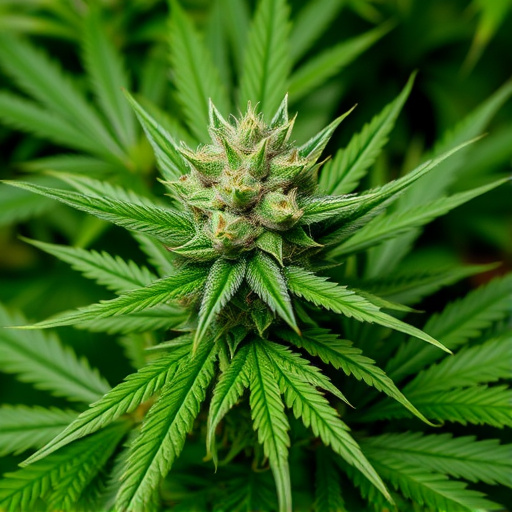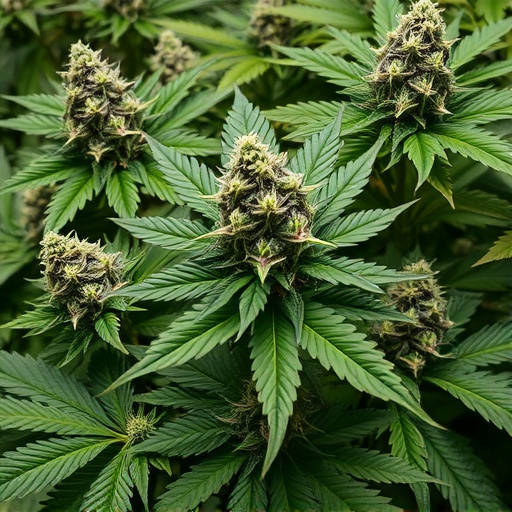Proper temperature control during combustion and optimal grinding techniques are essential for preserving the flavor, aroma, and potency of medical marihuana strains. Heating cannabis causes cannabinoids and terpenes to degrade, affecting taste and therapeutic effects. Grinding increases surface area, allowing volatile compounds to evaporate but can cause oxidation if done improperly. The ideal grind size varies by strain characteristics; coarser grinds preserve terpenes in dense flowers, while finer grinds extract deeper flavors from airy buds. Mastering these techniques enables patients to customize their cannabis experiences for specific therapeutic benefits and sensory preferences.
Grinding cannabis is a critical step that significantly influences burn rate and flavor profile. This article delves into the science behind cannabis burn, exploring how it impacts taste and aroma. We uncover the role of grinding in either enhancing or diminishing these desirable traits, with special focus on optimizing techniques for medical marihuana strains. By understanding the interplay between grind size, burning dynamics, and terpene release, cultivators can ensure patients enjoy optimal therapeutic experiences.
- Understanding Cannabis Burn and Its Impact on Flavor
- The Role of Grinding in Enhancing or Diminishing Aromas and Terpenes
- Optimizing Grinding Techniques for Medical Marihuana Strains
Understanding Cannabis Burn and Its Impact on Flavor
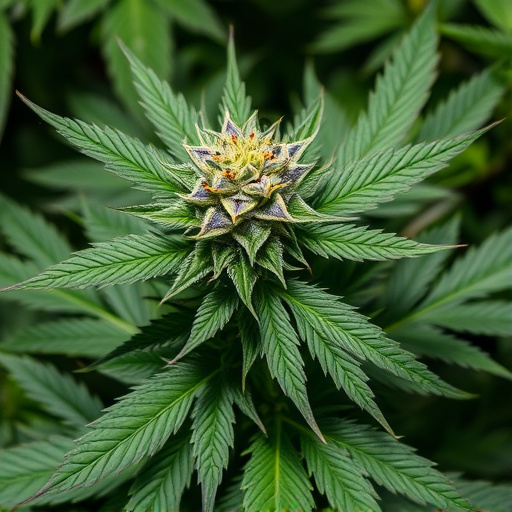
Understanding cannabis burn is key to appreciating how it impacts flavor in medical marijuana strains. Cannabis burn refers to the degradation of cannabinoids and terpenes during the combustion process, leading to a loss of potency and potential changes in taste and aroma. When cannabis is heated, compounds vaporize, and if the temperature isn’t carefully controlled, these valuable chemical profiles can be compromised.
In the world of medical marihuana strains, where patients seek specific effects and flavor notes for their therapeutic benefits, burn can significantly alter the desired experience. For example, a strain known for its soothing citrus aroma might, if burned improperly, develop a more earthy or even burnt taste due to over-heating. Thus, understanding the delicate balance of temperature and technique is essential for both cultivators and consumers to ensure the optimal flavor profile and medicinal efficacy of cannabis.
The Role of Grinding in Enhancing or Diminishing Aromas and Terpenes
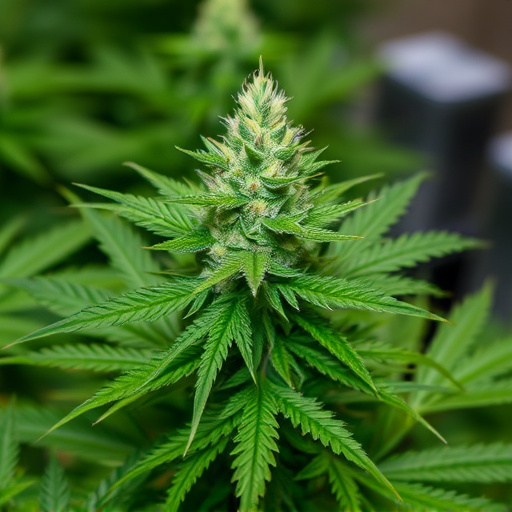
Grinding plays a pivotal role in unlocking the full potential of cannabis aromas and terpenes, especially in medical marihuana strains. When cannabis flowers are ground into smaller particles, it increases the surface area exposed to oxygen and humidity. This process facilitates the volatile compounds, including terpenes and cannabinoids, to evaporate more readily, leading to a richer, more intense flavor profile. The art of grinding allows users to experience the nuanced aromas that each strain offers, enhancing the overall sensory experience.
However, improper or excessive grinding can inadvertently diminish these delicate aromas. Too much friction during grinding can cause oxidation, breaking down terpenes and resulting in a less desirable taste. Therefore, finding the right balance is essential; coarser grinds preserve more terpenes, while finer grinds extract deeper flavors. This subtle art ensures that medical marihuana patients can savor the distinct characteristics of their chosen strains, maximizing both therapeutic benefits and sensory pleasure.
Optimizing Grinding Techniques for Medical Marihuana Strains
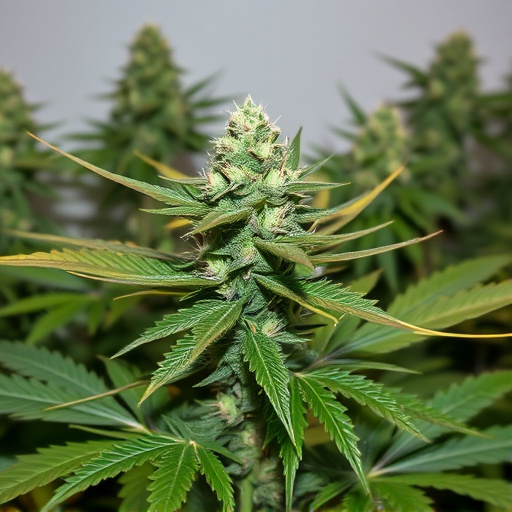
Optimizing grinding techniques is an art that can significantly enhance the burning and flavor experience for medical marihuana strains. Different strains have unique characteristics, requiring tailored approaches to grind size and consistency. For example, dense, sticky flowers might benefit from a slightly coarser grind to prevent over-extraction during vaporization, ensuring a smoother, more controlled burn. Conversely, airy, fluffy buds may require a finer grind to maximize surface area contact with heat sources, leading to robust flavors.
Medical marihuana patients often seek specific effects based on their conditions or preferences. A well-grounded understanding of strain properties allows for precise adjustments in grinding methods. Finer grinds can intensify flavors and offer faster activation times, ideal for those seeking immediate relief. Coarser grinds may provide a more balanced experience, extending the duration of effects while preserving subtleties in taste profiles. Thus, mastering grinding techniques is not just about texture but also tailoring cannabis experiences to individual needs.
Grinding cannabis plays a pivotal role in unlocking its full flavor potential, especially for medical marihuana strains. By understanding how grinding affects burn and terpene release, cultivators can optimize their techniques to deliver a more enjoyable and therapeutic experience. Delving into the art of grinding allows for precise control over aroma and potency, ensuring patients receive the maximum benefits from each strain.
